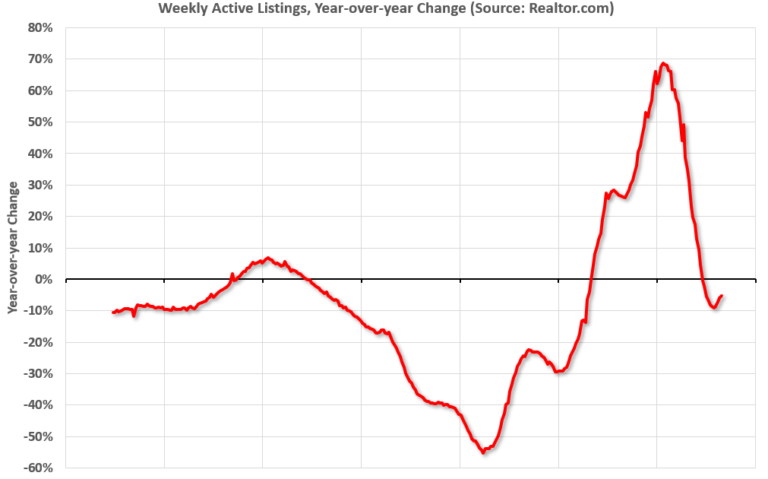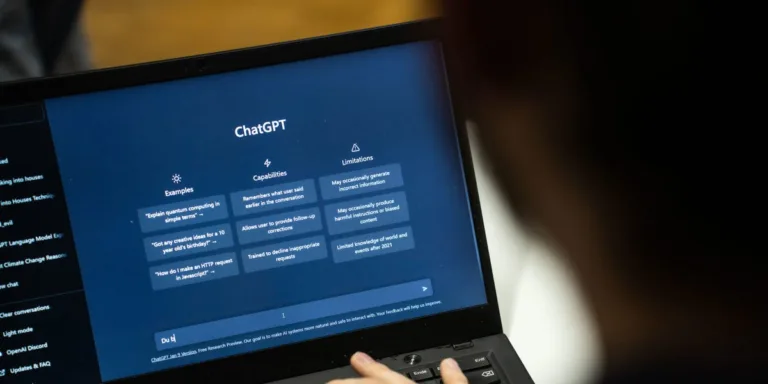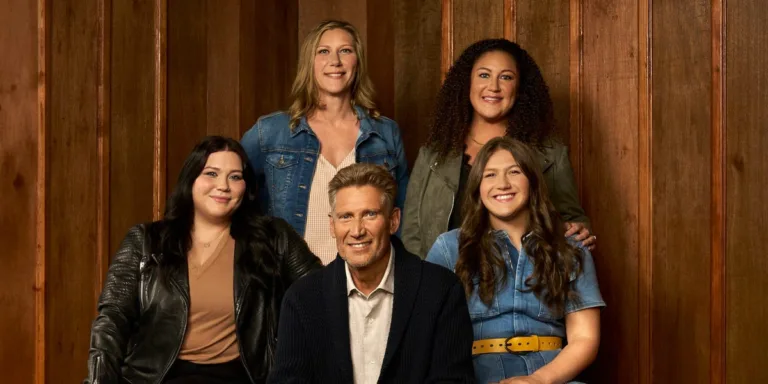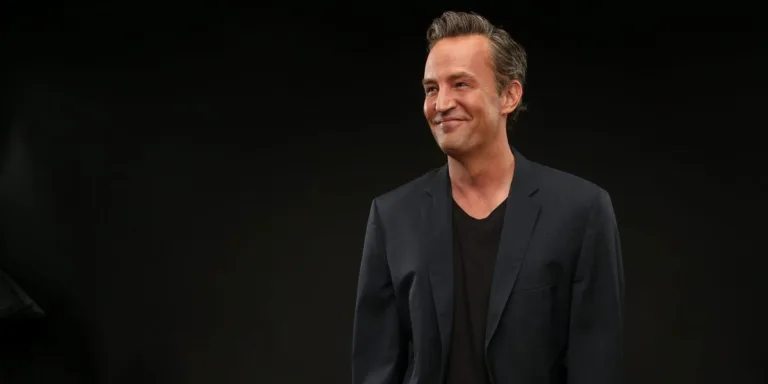Youth-Sports Participation and Loneliness: Experts Weigh In
There has been an increase in loneliness in the US, with young people being particularly affected. One possible reason for this is the decline in youth-sports participation over the past decade. We spoke to experts to understand why fewer kids are playing sports and what communities can do to address this issue.
Nancy Curtin’s family relocated to Spokane, Washington in December 2019, and they hoped that sports would help her son make friends. However, the school didn’t offer any basketball programs, leaving them frustrated. Eventually, they discovered Hooptown Youth League (HYL), a new youth basketball league that aimed to increase participation levels by offering a convenient and affordable basketball experience. The league grouped players based on location, conducted practices near their homes, and reduced the number of over-dominant teams. With an average cost of $150 per player or $30 for low-income families, HYL attracted 3,000 kids in its first year and over 3,800 have registered for the upcoming season.
The loneliness epidemic in the US, especially among young people, is a concern that needs more attention. The Surgeon General’s report highlighted that loneliness among young adults has been steadily increasing. The rise of social media and the decrease in sports participation seem to be linked to this trend. Research has shown that participating in team sports can help combat loneliness. It provides opportunities for children to make friends and nurtures a sense of belonging. Moreover, team sports offer physical and social benefits that contribute to better mental health. Children who exclusively participated in team sports experienced fewer mental health challenges compared to those who played individual sports or no sports at all.
There are various factors that contribute to the decline in youth-sports participation. The financial burden on families is a significant obstacle, as the cost of sports has increased over the years. The privatization of youth sports, shifting from community leagues to expensive private travel leagues, has also limited access for families who cannot afford the fees. Additionally, lack of interest, financial constraints, and time commitments are reasons why some children choose not to participate. To reverse this decline, experts recommend establishing affordable options that prioritize quality competition, seeking input from children to understand their preferences, and ensuring that sports programs prioritize fun and socialization over winning.
The success of HYL in Spokane serves as a model for other communities to follow. By implementing a structure that addresses affordability and fairness, HYL has managed to increase participation levels and provide a positive experience for kids. Overcoming the status quo and prioritizing the well-being of children are key aspects that communities should focus on when attempting to boost sports participation. Nancy Curtin and her family are grateful for the opportunities HYL has provided, as it has allowed her son to make friends, be active in a sport he loves, and feel a sense of belonging in his new community.
Source: American kids are facing an epidemic of loneliness. Overhauling youth sports could help fix that.







